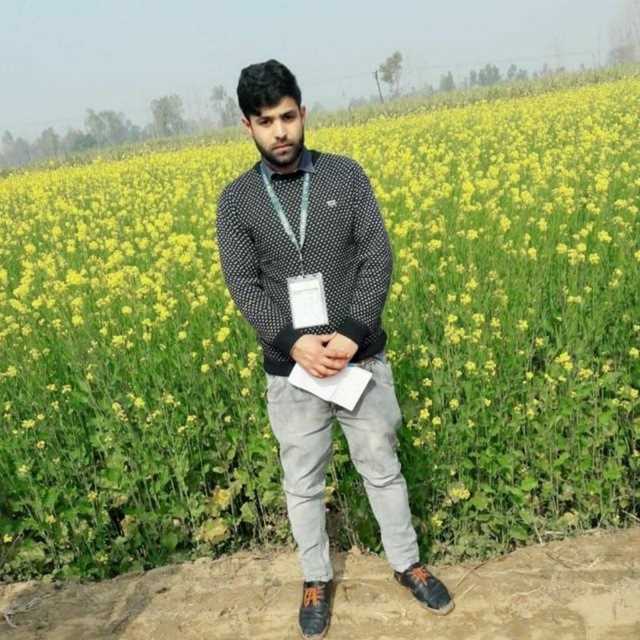
Saffron is one of the important cash crops of the Kashmir division. Initially the cultivation of saffron was confined to Pampore Karewas but now cultivation of saffron has been spread in various parts of Kashmir division. Saffron is cultivated in about 190 villages of Kashmir valley. In Kashmir valley Pulwama tehsil has the largest area under saffron cultivation fallowed by Chadora tehsil. The cultivation of saffron is closely influenced by the prevailing temperature, rains, snowfall, soil texture and underground water table. When we talk about favorable and unfavorable conditions for saffron cultivation, extreme cold and scorching heat are unfavorable for its growth whereas temperature conditions with light snowing and moderate heat are considered good for its cultivation. Day temperature above 25 degree Celsius from April to august whit showers of rain is required for a good crop production. In October and November which is flowering period for saffron, the night temperature should be very low for good production. The saffron plant needs different temperature and moisture in different parts of the year. Excess rain or rainless spell affects the saffron crop adversely. Saffron plant grows good in well-drained soil. When we talk about underground water table, it should be more than 2.5 meters deep, as the high water table damages the corns of saffron.
The cultivation of saffron also depends upon the economic conditions of the farmers. The seeds of saffron and labor costs are very high, moreover in the first years or in the beginning stage there is no return from the saffron fields which discourages the farmers belonging to poor families in the adoption of its cultivation. There are various operations used in the cultivation of saffron. At the arrival of the spring in April and May the fields are repeatedly ploughed at an interval of about twenty days. Coding, leveling and hoeing operations are done which continue till august. In September seed corms are planted with a width of fifteen to twenty centimeters, furrows at a depth of eight to nine centimeters. The saffron field is divided into about two meters wide beds on all sides of each bed wide drainage channels are made which drain out water very quickly from saffron fields. Hoeing is done two times in a year i.e. in June and august and is repeatedly every year. The saffron is picked up in later parts of October and November, during this period picking up of saffron flowers just after disappearance of dew is imperative to obtain good fragrance. From the flowers the stigmas are removed and are classified in shahi, mongra and lachha categories.
Email id: rayeesbhat101@gmail.com
Saffron is one of the important cash crops of the Kashmir division. Initially the cultivation of saffron was confined to Pampore Karewas but now cultivation of saffron has been spread in various parts of Kashmir division. Saffron is cultivated in about 190 villages of Kashmir valley. In Kashmir valley Pulwama tehsil has the largest area under saffron cultivation fallowed by Chadora tehsil. The cultivation of saffron is closely influenced by the prevailing temperature, rains, snowfall, soil texture and underground water table. When we talk about favorable and unfavorable conditions for saffron cultivation, extreme cold and scorching heat are unfavorable for its growth whereas temperature conditions with light snowing and moderate heat are considered good for its cultivation. Day temperature above 25 degree Celsius from April to august whit showers of rain is required for a good crop production. In October and November which is flowering period for saffron, the night temperature should be very low for good production. The saffron plant needs different temperature and moisture in different parts of the year. Excess rain or rainless spell affects the saffron crop adversely. Saffron plant grows good in well-drained soil. When we talk about underground water table, it should be more than 2.5 meters deep, as the high water table damages the corns of saffron.
The cultivation of saffron also depends upon the economic conditions of the farmers. The seeds of saffron and labor costs are very high, moreover in the first years or in the beginning stage there is no return from the saffron fields which discourages the farmers belonging to poor families in the adoption of its cultivation. There are various operations used in the cultivation of saffron. At the arrival of the spring in April and May the fields are repeatedly ploughed at an interval of about twenty days. Coding, leveling and hoeing operations are done which continue till august. In September seed corms are planted with a width of fifteen to twenty centimeters, furrows at a depth of eight to nine centimeters. The saffron field is divided into about two meters wide beds on all sides of each bed wide drainage channels are made which drain out water very quickly from saffron fields. Hoeing is done two times in a year i.e. in June and august and is repeatedly every year. The saffron is picked up in later parts of October and November, during this period picking up of saffron flowers just after disappearance of dew is imperative to obtain good fragrance. From the flowers the stigmas are removed and are classified in shahi, mongra and lachha categories.
Email id: rayeesbhat101@gmail.com
© Copyright 2023 brighterkashmir.com All Rights Reserved. Quantum Technologies